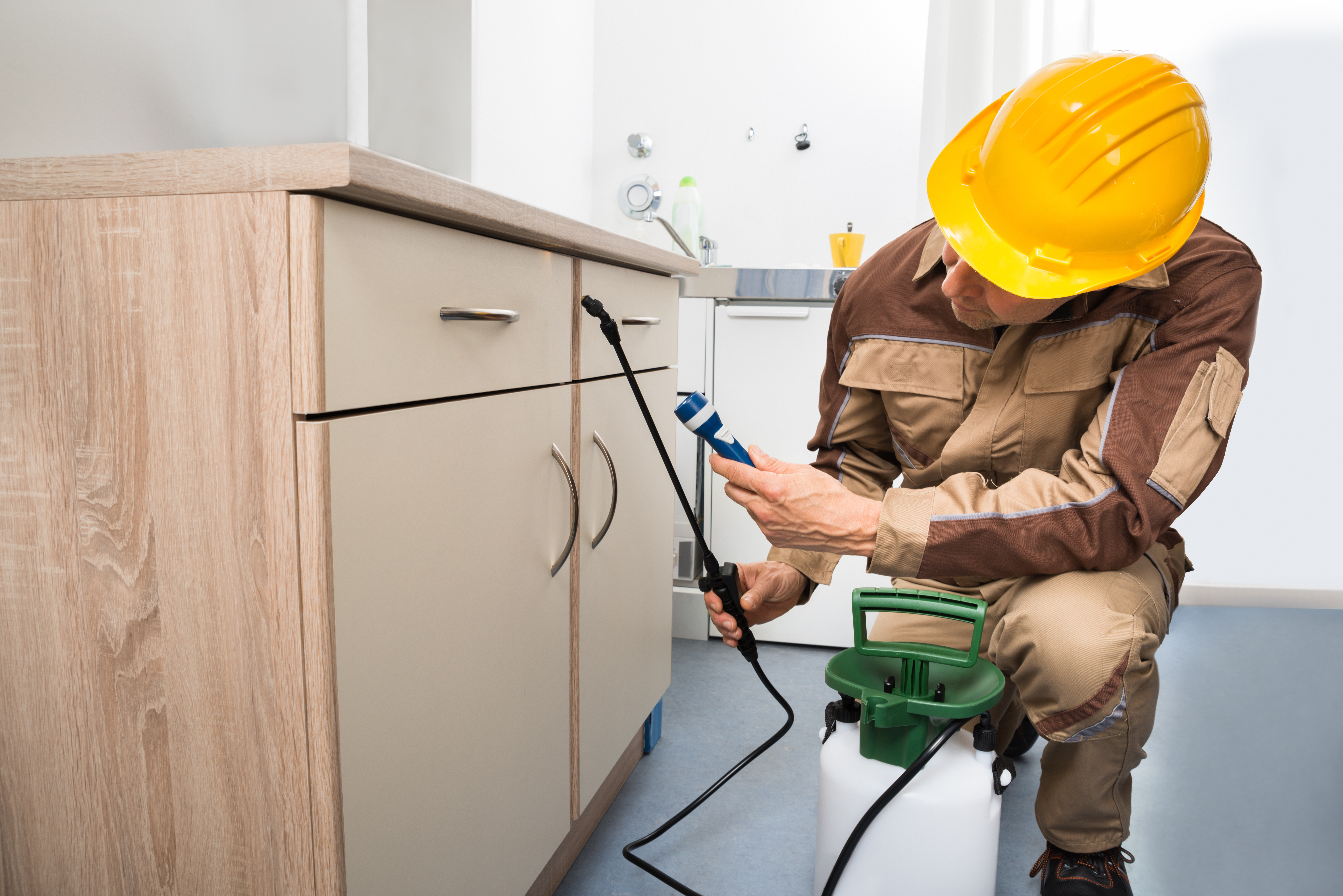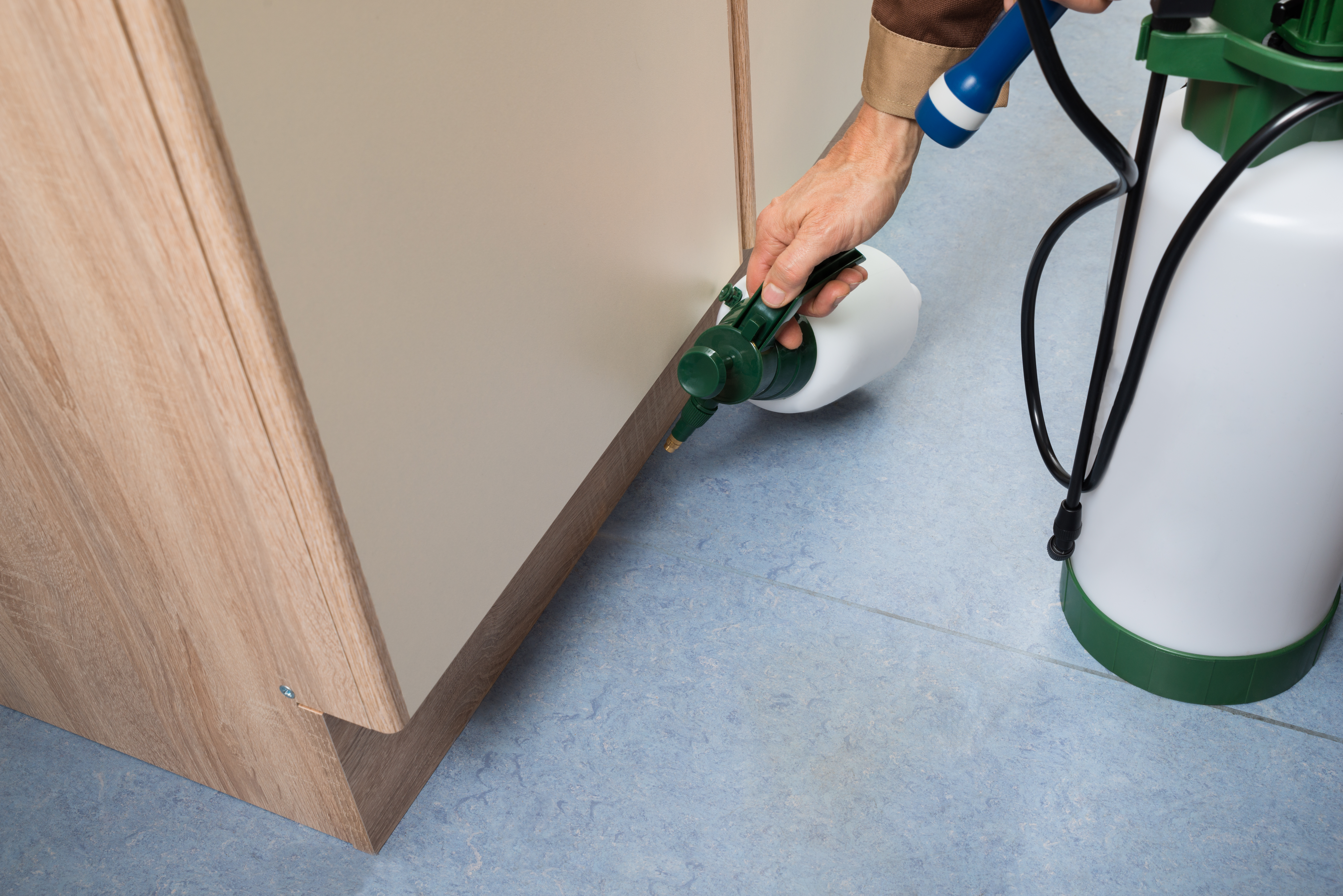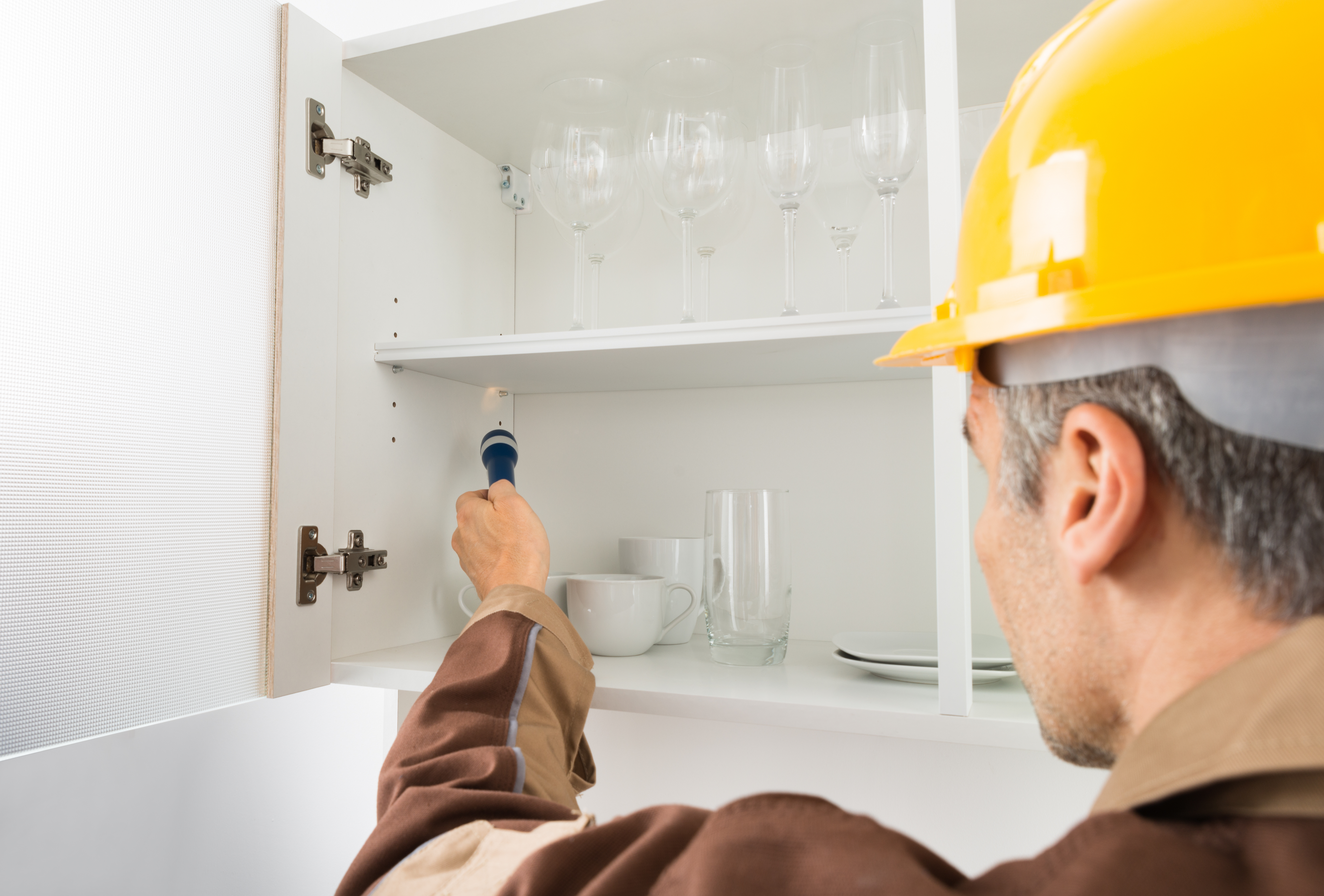Pest Control
Elkhart, IN
You think about the perils of carbon monoxide. You've likely seen the lamentable stories on the news about whole families that went to rest around evening time and never woke up on account of carbon monoxide harming from a defective heater. You may even have an indicator or two in your home. What amount of do you think about radon, another quiet executioner? What amount of this profoundly lethal gas is in your home and how is it influencing the strength of your gang?Like carbon monoxide, radon is a boring, scentless gas in charge of unreasonably numerous passing's every year, passing's that could undoubtedly be counteracted. As per the Environmental Protection Agency, studies have been carried out demonstrating complete proof of a connection between radon in homes and lung disease. Indeed, as the most obvious reason for lung growth among non-smokers, radon is in charge of more than 20,000 passings consistently. That is more than the quantity of passings credited to plaster driving, and very nearly 3,000 of those passings happen to individuals who have never smoked.
Dissimilar to carbon monoxide, on the other hand, you cannot screen the level of radon in your home by staying a finder on the divider and changing the batteries every year. The best way to know the amount of radon is in your house is to have a radon test. The fact of the matter is, almost 1 of each 15 homes in the United States is assessed to have raised radon levels. So paying a little respect to what state or what sort of home you live in, radon gas testing is the best way to know whether you and your family are at danger. New or old development, drafty or decently fixed, with or without a storm cellar, it has no effect. This known cancer-causing agent is noticeable all around you inhale; it is simply an issue of the amount of is available.
Radon originates from the regular rot of uranium in soil, shake, and water. The radioactive gas is shown in the open air and advances into homes through splits in establishments and dividers, development joints, crevices in carpets and around administration pipes, and pits inside dividers.


